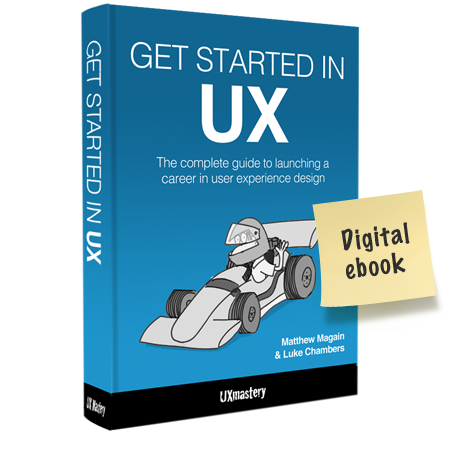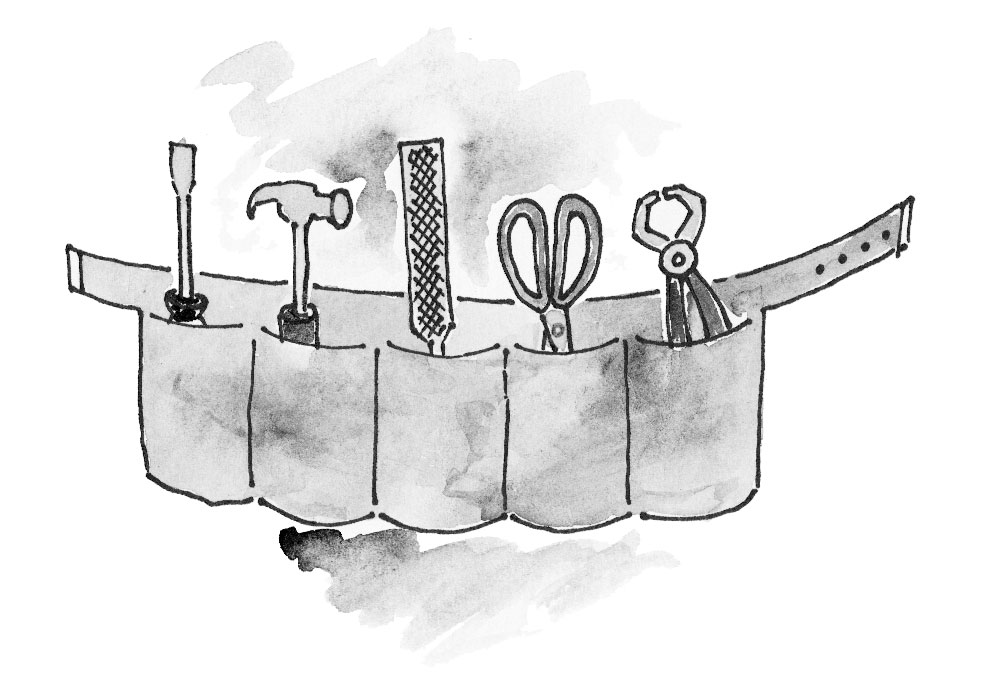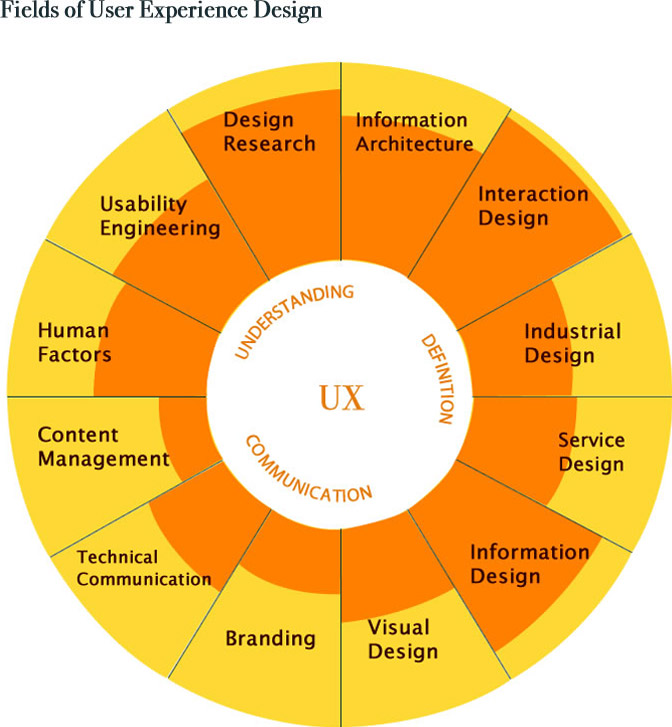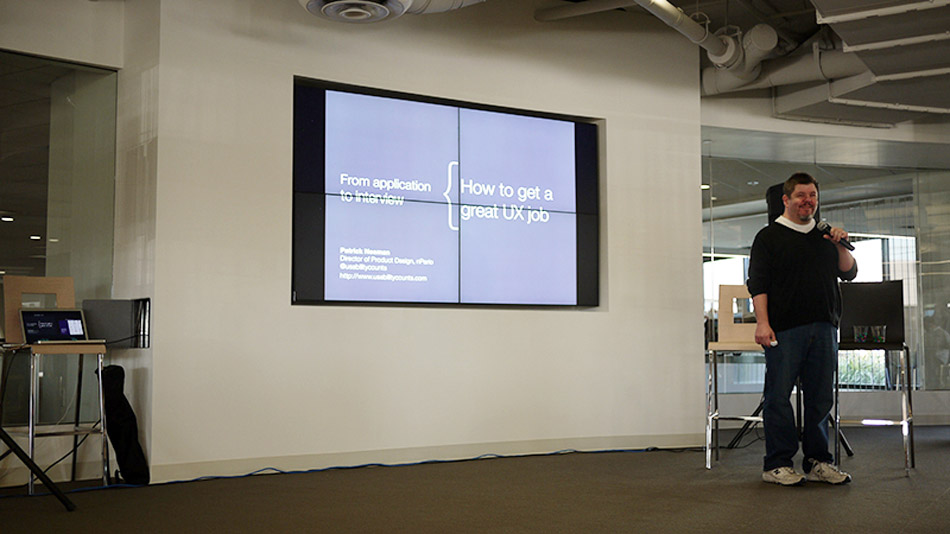Launch your UX career...
Insider secrets
Stories and personal hints from recruiters, hiring managers, employers, UX students and professional designers.
Practical advice
A comprehensive roadmap for launching a career in user experience, broken down into six simple steps.
Bonus content
Tonnes of goodies: a self-assessment kit, résumé & and portfolio templates.
Pro tips
Dozens of tips and nuggets of wisdom gleaned from our years of experience, to fast-track your UX career.
Instant access, any device
DRM-free files that you can read on your computer, Kindle, iPad or any other ebook reader.
100% money-back guarantee
If you're not happy with your ebook, let us know and we'll refund you in full. Pinky promise.
... in six detail-packed steps
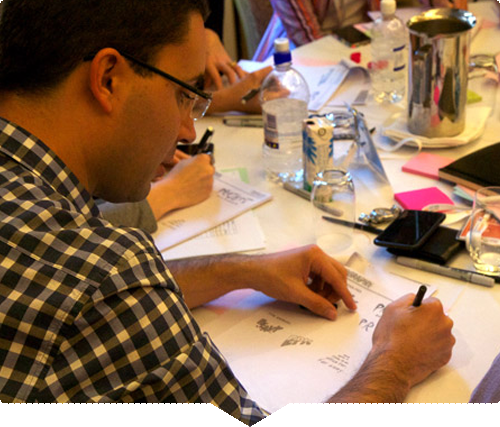
1. Get Educated
The pros and cons of tertiary, vocational, online and self-study courses.
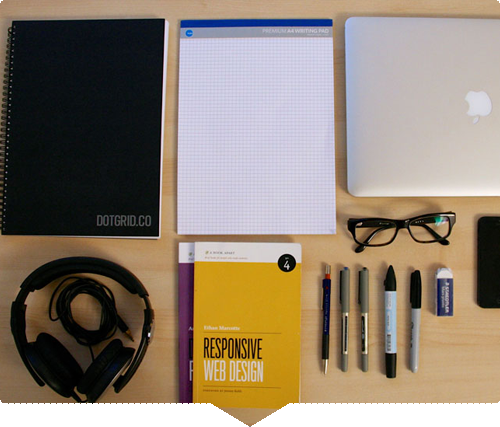
2. Get the Right Tools
The UX toolset and how to choose the tools that are right for you.
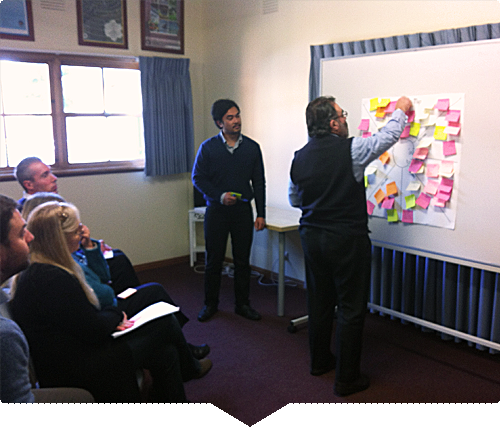
3. Get Some Experience
How to solve the catch-22 situation of needing experience to get an entry-level position.
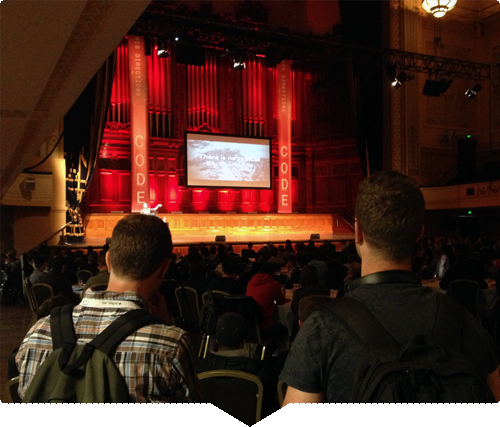
4. Get Connected
How to build and maintain a solid network of UX professionals.
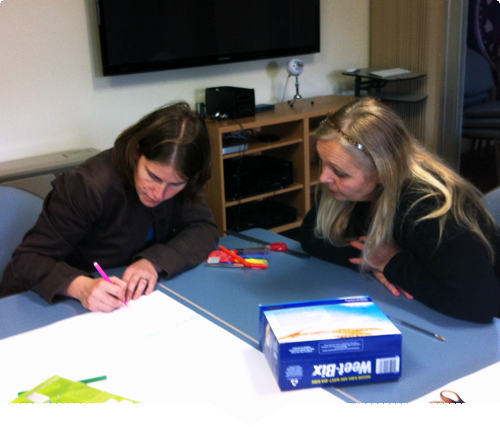
5. Get a Mentor
Why mentors are critically important and how to find one that matches your needs.
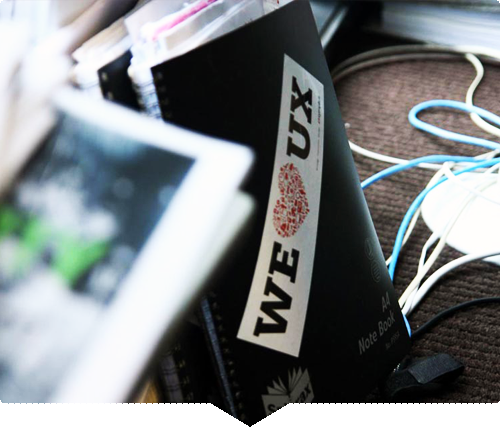
6. Get Hired
The hiring process, creating a UX portfolio and getting your first UX job.
Here’s a sneak peek…
What’s inside?
Tools:
what we use to get the job doneSelf-assessment:
identify strengths and gapsNetworking checklist:
tips for your next eventInterview:
Patrick Neeman, UX Hiring Manager
The most comprehensive guide ever written about launching a career in user experience design.
Purchase ebookBonus Extras
Purchase Get Started in UX and receive these bonus extras:
Self-assessment Kit
- A kit to help you assess and chart your UX career
(value: $30)
Portfolio & Resume Pack
- Free copies of a UX portfolio and resume template
(value: $30)
An practical collection of tips, tricks and insights to get your UX career on the path to success.
Buy now: $14.95 (USD)What customers are saying

Donna Spencer
@maadonna
This is an excellent book. It's thorough & clear and I'll have no hesitation recommending it to everyone who asks me "how do I get into UX".

Lis Hubert
@lishubert
What Matt and Luke have put together here is not only great reading, it’s a comprehensive and, more importantly, realistic instruction manual for launching into a UX career. I not only highly recommend it, I wish that I’d had this when I was starting down my own path. Thanks to Matthew and Luke for adding this treasure to the UX treasure chest!
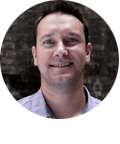
Ben Tollady
@tollady
"Get Started in UX", the new eBook from Matt and Luke at UX Mastery is a delight! It strikes the perfect balance of theoretical learnings and practical, 'roll up your sleeves and get doing' advice that I'm certain will be useful for absolute beginners and more experienced practitioners alike.
Each chapter is supported with enlightening interviews with a broad selection of UX folk from different areas of expertise within the field. I just wish something like this existed when I was starting out in my UX career!
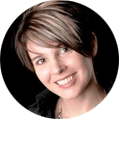
Caroline Bosher
@carolinebosher
Read this book if you want to be at an advantage when heading into the world of UX. It's like having a highly qualified mentor who lets you in on insider tips and their wealth of experience including what works, what to avoid and what to focus on to successfully get into this exciting industry.
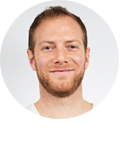
James Harvey
As a UI Designer looking to expand my career options, Get Started In UX is a very thorough and useful guide that prepares all the necessary ingredients to becoming a UX Practitioner, and presents them as deliciously digestible bite size chunks. I highly recommend it for aspiring UX practitioners from all backgrounds.

Jeremy Laycock
@CreativeStreak
A very informative read for someone starting out in UX. It answers a lot of the questions I was looking for and points to some really useful resources too.

Ben Adonis
@ben_adonis
You only need one book to get into UX, and this is it. Get Started in UX is your roadmap to a career in UX. It takes you through a complete journey from gaining experience, creating a portfolio and even how to tackle your first interview. You get insight into the minds of professional UXers as well as recruiters on how to land a dream UX job. This book is a must have to landing that job.
About the authors

Luke Chambers
General tinkerer, web tailor, user-centred design soldier and tall-ship sailor, Luke Chambers (@lukcha) has championed user experience design for both small 'guerrilla' projects and for large corporates like Penguin Books. Throughout his day tells stories and explains to people the “why” of the design that happens behind the visuals.
Matt Magain
Matthew Magain (@mattymcg) is a designer, illustrator and entrepreneur from Melbourne who freelances under the name of Useractive. He enjoys sketchnoting at conferences and spends his spare time writing and illustrating children’s books.

